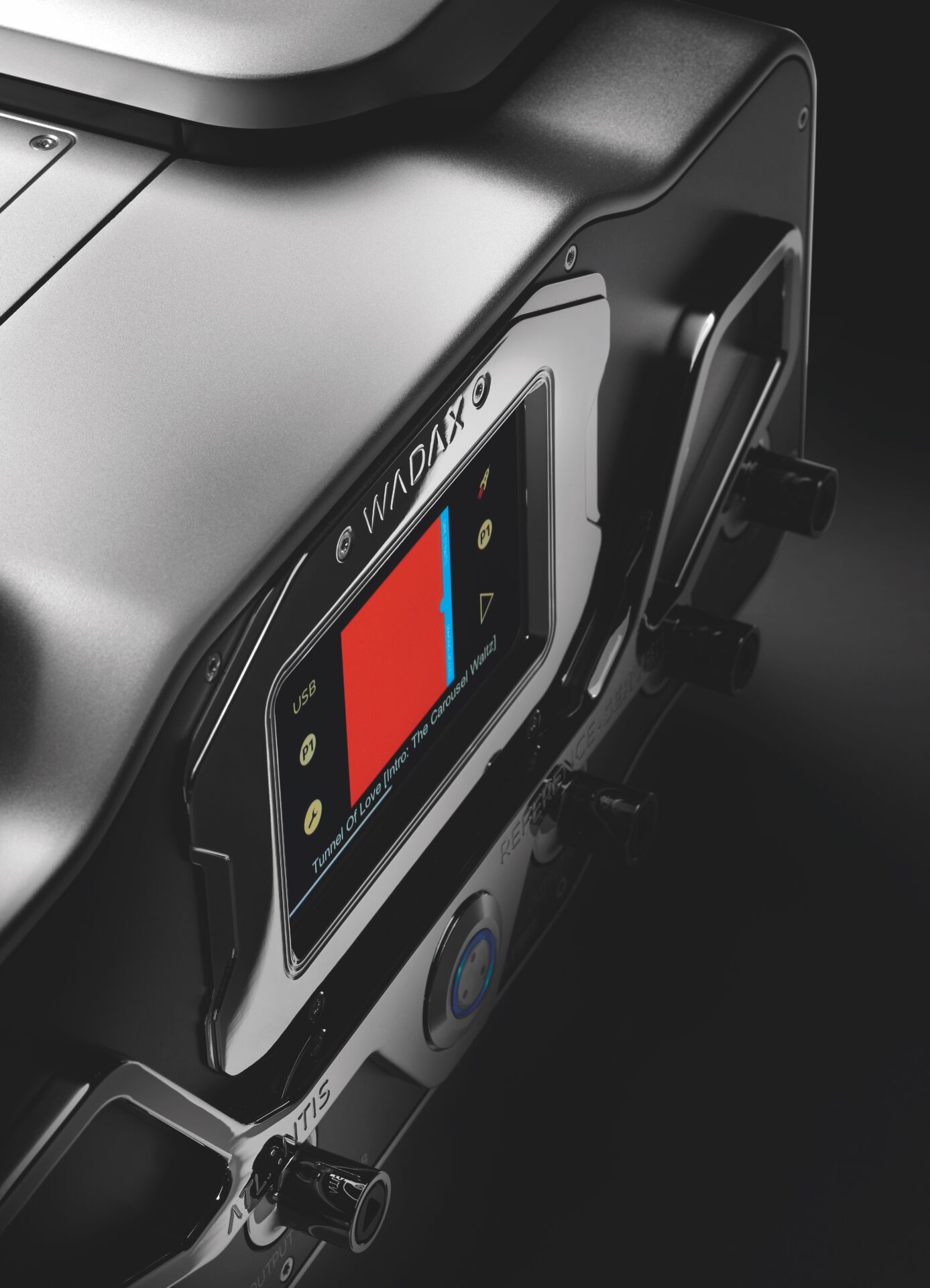 This is only one example, but it is indicative of my experience as a whole. Many of the higher-resolution PCM files I have sampled are musically disappointing. Many are musically eclipsed by the lower resolution, downloadable alternatives. Nearly all of them are bettered by optical disc versions of the same recording. On the other hand, DSD files seem to be consistently more successful, which rather suggests that the issue here is related to file provenance and the up-sampling technology used to achieve supposedly higher-resolution/higher-quality results. But even within DSD files there is a significant variation in quality, while with higher-res PCM downloads, that gap between good and bad becomes a gaping chasm.
This is only one example, but it is indicative of my experience as a whole. Many of the higher-resolution PCM files I have sampled are musically disappointing. Many are musically eclipsed by the lower resolution, downloadable alternatives. Nearly all of them are bettered by optical disc versions of the same recording. On the other hand, DSD files seem to be consistently more successful, which rather suggests that the issue here is related to file provenance and the up-sampling technology used to achieve supposedly higher-resolution/higher-quality results. But even within DSD files there is a significant variation in quality, while with higher-res PCM downloads, that gap between good and bad becomes a gaping chasm.
Bear in mind that these conclusions relate to my musical tastes and purchases. I’m looking for great performances by great artists. In the case of modern performers, the same artists that I enjoy live. That in turn excludes virtually all of the specialist, high-res, audiophile recordings that are on offer from boutique labels. I’m afraid that, in my experience, irrespective of recording quality, musically speaking the artists and performances captured by these labels simply don’t stack up – and I’ll take musical quality over recording quality every time.
I’m aware that there are those listeners who insist on and listen exclusively to ‘hi-res’ recordings. But the implications of my experience are seriously significant. If you insist on ‘hi-res’ material, if you really want to enjoy the benefits then you may well be limiting yourself to music originally captured on a hi-res recording medium. That’s precious few contemporary recordings of any type and historically speaking, wipes out pretty much the entire back catalogue – along with all the artists and performances you enjoyed in your youth.
In many respects, this makes streaming or file replay no different to any other musical storage medium. We have always been prey to variable recording quality, variable pressings, different optical disc materials and technologies. And that’s before we start talking about the condition and age-related issues associated with second-hand discs. However, one big difference DOES apply. The ‘hi-res’ moniker carries with it an assumption of higher quality. I guess that in some ways that mirrors the ‘promise’ of heavy, audiophile pressings or SACD – except that in the case of file-replay, ‘hi-res’ sits, pre-eminent and unquestioned, front and centre as a raison d’être. It might be a question of degree, but this is one performance benefit that simply isn’t guaranteed, irrespective of the replay chain and hardware. As good as the Wadax Reference Server is – and as of now, I haven’t heard anything that even gets close – and as effective as DWC so demonstrably is, they cannot overcome upstream issues already embedded in the material.
The ‘Error-Human’ factor…
File quality and provenance is a far wider issue than this review. But it is an issue you need to take seriously when contemplating the performance potential of the Reference Server, because arguably for the first time, you will be confronted with a window onto the musical performance of file replay that is capable of revealing the full quality spectrum available, from great, through good and indifferent, all the way down to musically worthless. The variations in file quality are wider than those experienced with disc replay (optical or vinyl) because the error mechanism is different and more musically destructive. Generally speaking, even lousy records possess a degree of musical coherence, their failings being tonal and dynamic, spatial and dimensional. The general pattern and rough spacing of notes is one of the last things you lose. The problem facing streamed music is that so much of its error is concentrated in the time domain, meaning that musical pattern and expression are the first things that are eroded. As the level of noise increases – and any signal that isn’t exactly where and when it should be is just noise – it quickly masks the music that remains. It’s why so many streamers sound flat, sterile and bleached, as harmonically bereft as they are bereft of human agency. Yet the Reference Server is astonishingly responsive to the colour and identity of instruments, voices and recordings. There is none of the sense of processed sameness that insinuates itself into so many file-replay systems. A well-fed Ref Server is as richly individual as the recordings it plays and the musicians they capture. That makes it the first file-replay solution that offers a genuine alternative to top-flight LP or optical disc replay.

